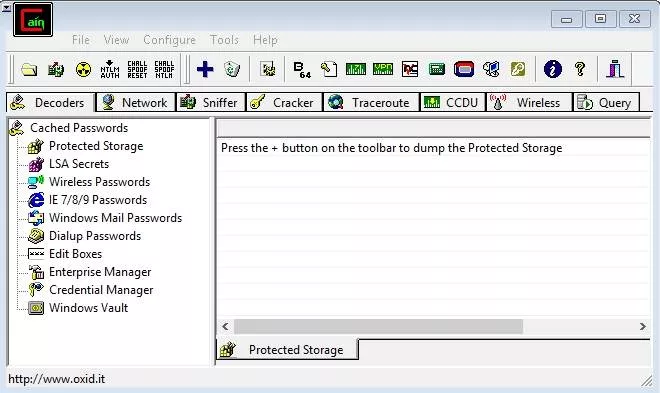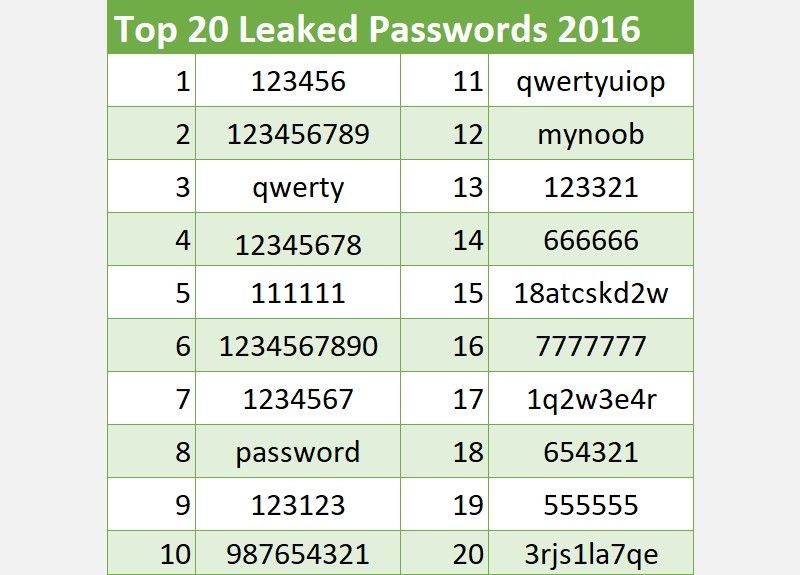
Here are twelve password policy best practices to follow: 1. Be clear on which systems the policies apply to and document how the plan will be practiced and enforced. Hackers could place false orders to steal inventory or your customers’ credit card numbers.Īn effective password policy is a set of rules that govern password creation and prevent sensitive data from being stolen.

For example, your entire customer database could be deleted or shared on the internet. Individuals often use the same password for their personal and business accounts, or choose a password that’s easy to crack Ironically, one of the most effective ways to prevent data theft and cyber attacks is one of the simplest: creating and maintaining strong passwords.ĭon’t think you’re in danger of a breach? Even low-risk points of access can have a massive impact on your business if it falls into the wrong hands. Lax password security is a major problem in many businesses. While most business owners would agree that data security is a top priority, many don’t take the time to implement the measures that would have the most significant impact in ensuring security. Here are our top password policy best practices and tools you can implement today. Reported breaches increased by 54% compared to mid-year 2018.Įvery employee has a role to play in protecting their company’s sensitive data – and that means abiding by a stringent password policy.

The number of significant breaches at US businesses, government agencies and other organizations topped 3,813 in 2019, exposing over 4.1 billion records.

But many companies have weak or non-existent password policies, putting them at a heightened risk for data hacking.Ĭyber attacks are becoming more common every day. Strong passwords are the first line of defense in protecting your business data and customer information.


 0 kommentar(er)
0 kommentar(er)
